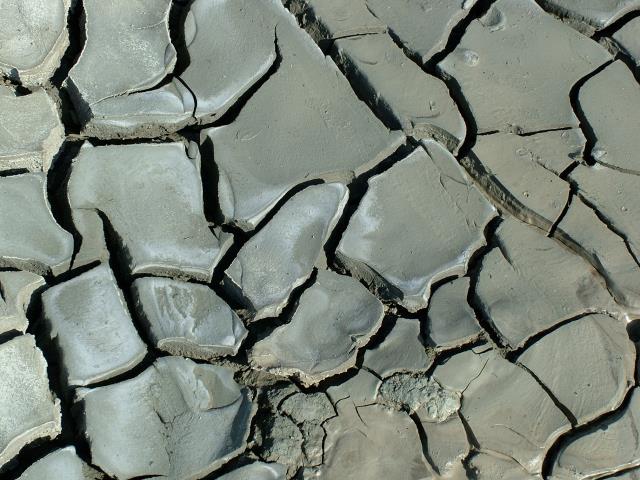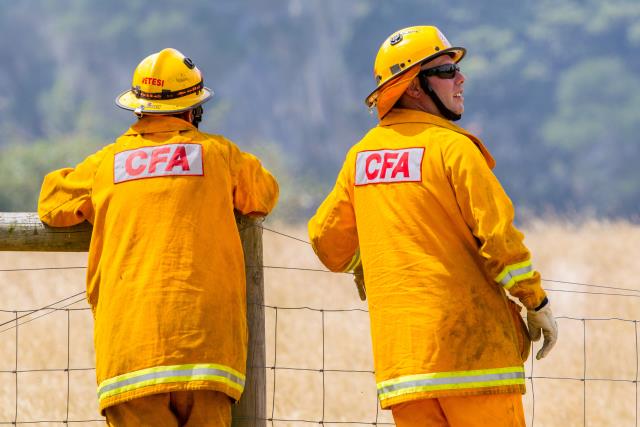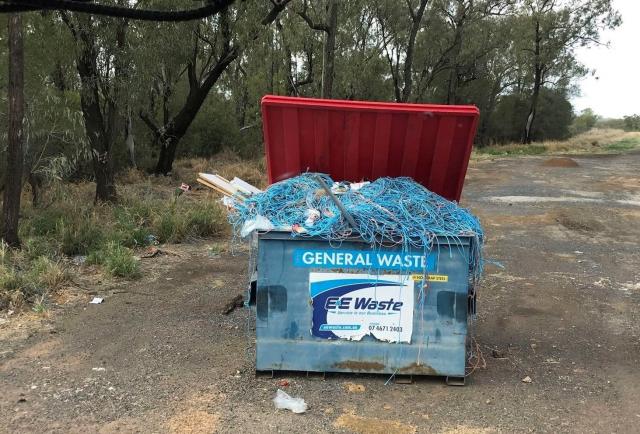Hotter, drier conditions are expected to be noticeable from the second half of this year as the World Meteorological Organization (WMO) declared the onset of an El Niño.
The latest update from the WMO on Tuesday 4 July forecasts a 90 per cent likelihood of an El Niño, with signs of the conditions showing in the tropical areas of the Pacific for the first time in seven years.
WMO Secretary-General Professor Petteri Taalas said in a release that the onset of El Niño will greatly increase the likelihood of breaking temperature records and triggering more extreme heat in many parts of the world and in the ocean.
“The declaration of an El Niño by WMO is the signal to governments around the world to mobilize preparations to limit the impacts on our health, our ecosystems and our economies,” he said.
“Early warnings and anticipatory action of extreme weather events associated with this major climate phenomenon are vital to saving lives and livelihoods.”
An El Niño, usually lasting between nine and 12 months, is forecast anywhere from every two to seven years, with the upcoming event expected to be of at least moderate strength.
A WMO report in May predicted that the next five years will be the warmest on record, affected by climate change caused by humans, and set to beat the record set in 2016 by a particularly strong El Niño.
In the context of Australia, an El Niño means we can expect hot and dry summers, a potential recipe for a catastrophic bushfire season.
Hillcrest CFA Captain Colin Dickson said having had a few years of wet conditions, there’s a bit of talk about a lot of undergrowth, which could dry and easily burn, in the Yarra Ranges.
“We need to be preparing for a bigger fire season than what we’ve experienced in the last couple of years, just because it will be a warmer drier summer doesn’t guarantee that we will have bigger fires,” he said.
“However, it does make it more likely. The severity and number of incidents are likely to increase when there is more fuel around and when that fuel has dried, so we need to be on our toes and well-prepared.”
The 2015-16 bushfire season in Australia, around the time of the last El Niño, was the most destructive and fatal fire season in Australia since the 2008-09 bushfire season with 408 houses and at least 500 non-residential buildings destroyed by bushfires and 8 people killed between 1 June 2015 and 31 May 2016.
Mr Dickson said while it may be boring, the best thing to do is to have a fire plan that everyone in the house knows ahead of time.
“There’s no point in that information being limited to just the person who wrote the fire plan, everybody needs to be involved and on the same page, especially in knowing whether you’re going to stay or you’re going to go,” he said.
“Have considerations included for your animals, whether they are pets or livestock, and consider preparatory matters in making your home defendable, such as not having combustible materials right up against the house where possible and make sure you are insured.”
Victorian firefighters will be monitoring conditions in Queensland and northern New South Wales throughout the summer, which can act as a good indicator of weather and fire conditions.
Mr Dickson said there is going to be a window of opportunity as we come out of winter and things dry, for people to prepare their properties.
“For many areas within our catchment, we’re actually not allowed to be doing burnoffs at the moment, they’re restricted during June and July. Before we get into any declared fire danger period, that’s going to be the opportunity for people to make sure that they’ve tidied up their properties,” he said.
“If they have got burn piles that are ready to go, that is when they can get rid of them and remember to register any burns.”







